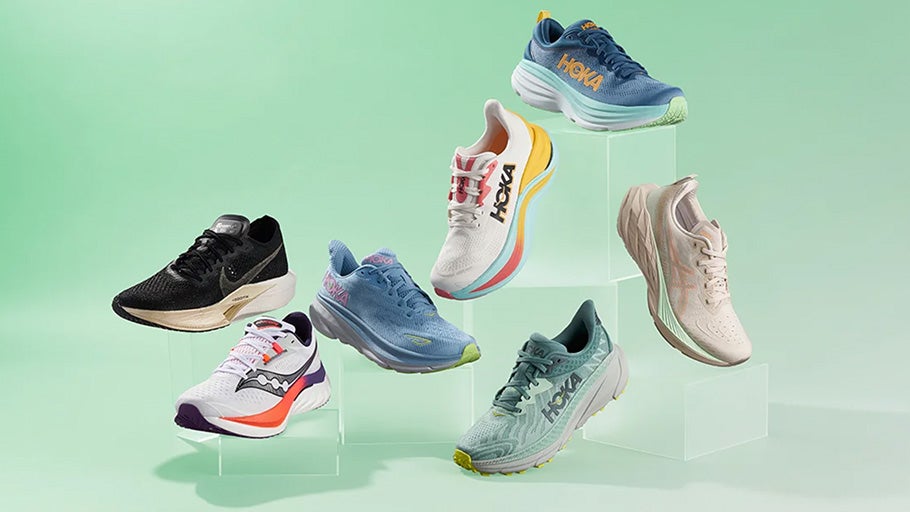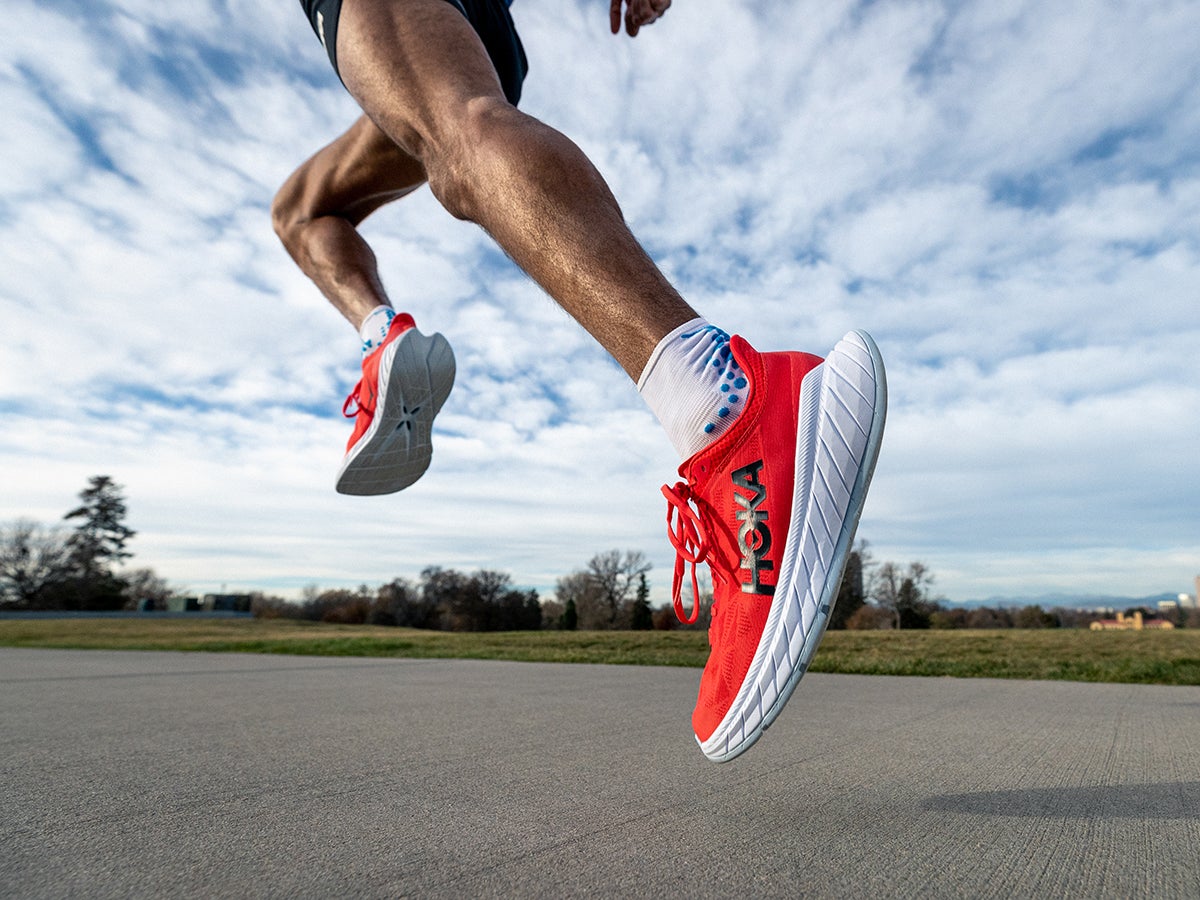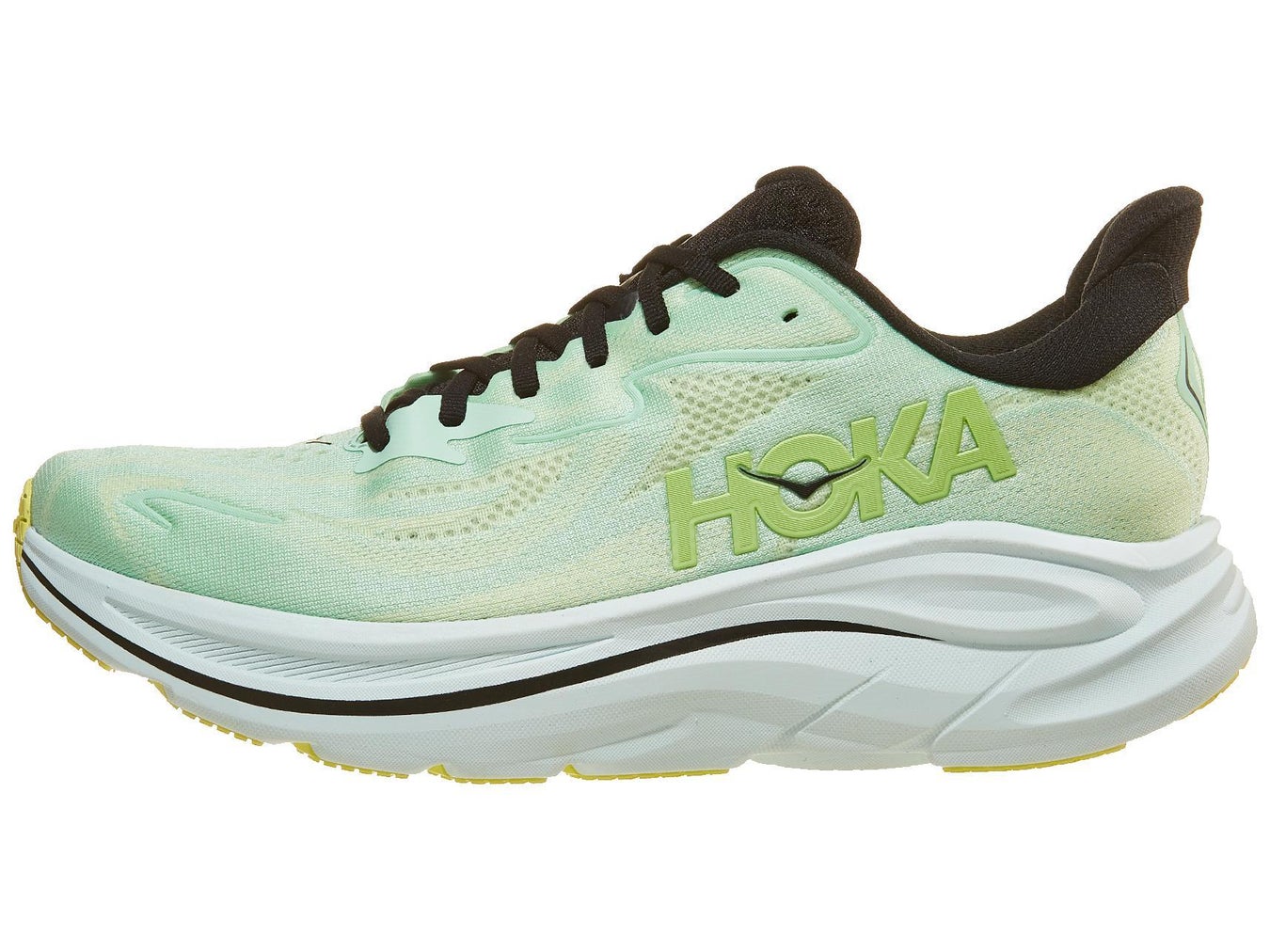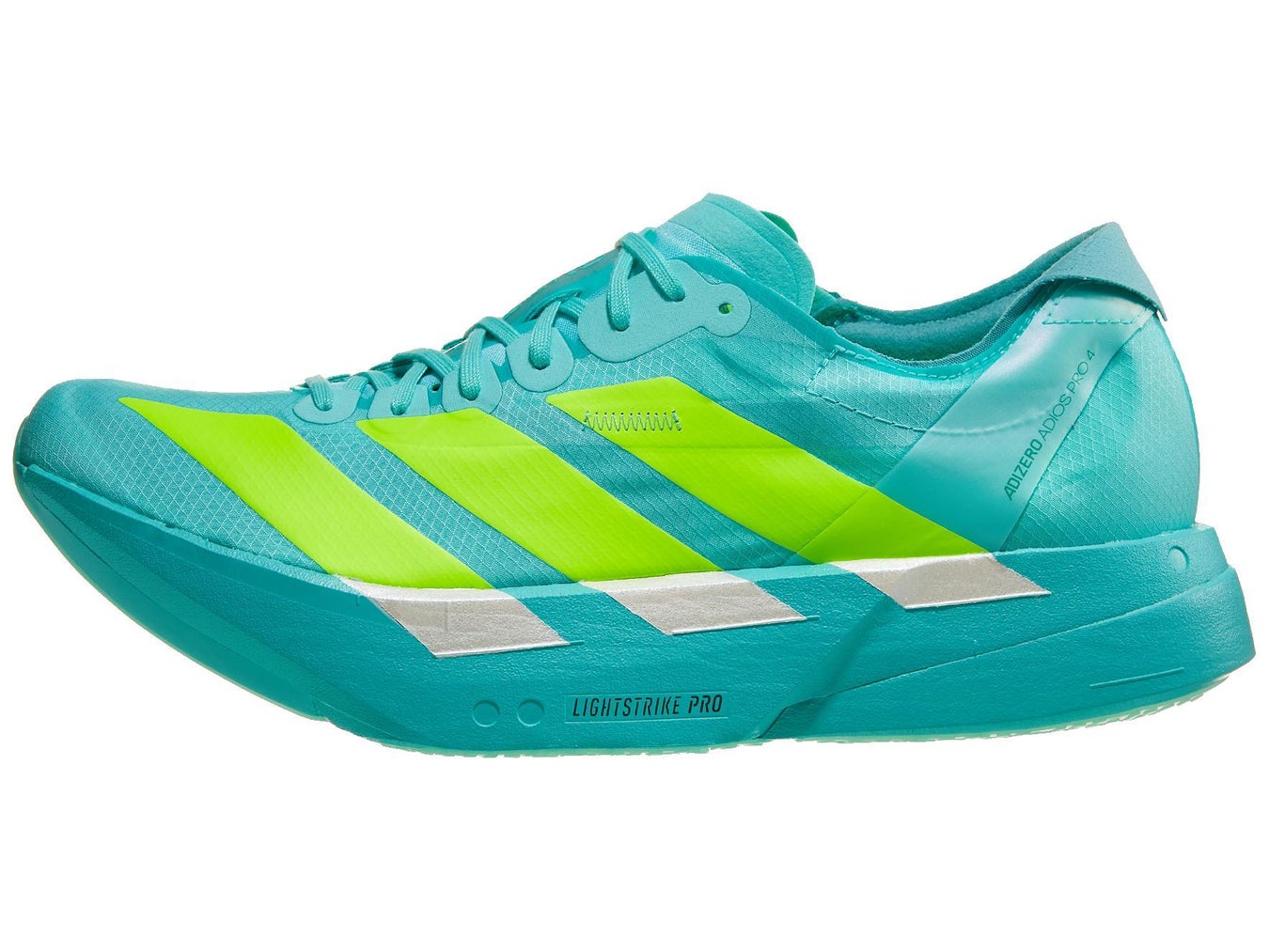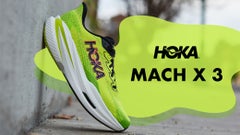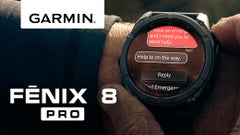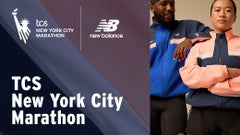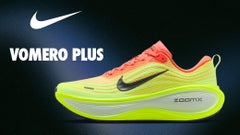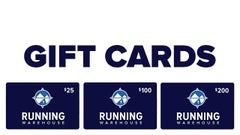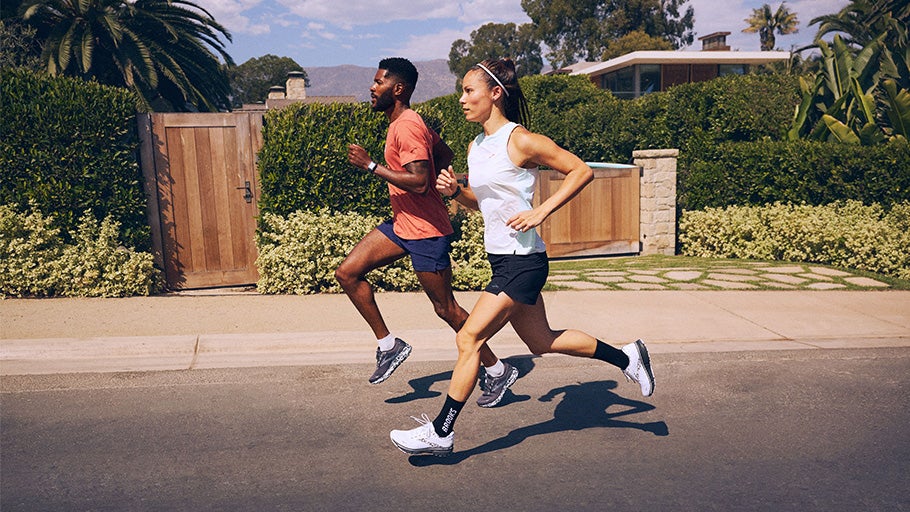
How Rockered Shoes Make Running Easier
Have you ever noticed that some running shoes seem to roll you forward as soon as your foot hits the ground? That’s the rocker effect. With a curved midsole designed to smooth out transitions and ease foot strain, rocker shoes are gaining popularity for runners seeking efficiency, comfort, or both. Let’s take a closer look at what makes them unique.
What is a Rocker?
A running shoe’s shape can significantly affect how it feels and performs. In recent years, many brands have introduced shoes with a “rocker” geometry, rather than the traditional, flat midsoles.
Rocker bottom shoes feature a sole that’s slightly curved instead of flat. Imagine placing a shoe on a table; If the heel or toe doesn’t fully touch the surface because the sole curves upward, that’s the “rocker” shape. This rounded design helps the foot roll naturally from heel to toe while walking or running, helping steps feel smoother and reducing effort.
By guiding the foot forward on landing, rockered shoes create a rolling motion that can improve energy transfer, reduce foot strain and encourage smoother, more efficient transitions.
How Does a Rocker Work?
A rockered midsole works much like a rocking chair. Its rounded shape rolls the runner forward through each stride, reducing the effort needed for motion. Just as it takes less energy to tip a rocking chair than a standard one, this natural rocking action makes rockered shoes feel smoother and more efficient.
Heel-to-Toe Rocker
In a shoe with a heel-to-toe rocker, the geometric shape of the entire sole looks more like a crescent than a flat line. This shape allows the foot to roll smoothly and naturally from the moment a runner hits the ground to toe-off, thus saving energy by reducing unnecessary movement in the lower leg. For runners who heel strike, this type of rocker will take some stress off the heel and Achilles, creating the feeling that the shoe is working with them rather than against them.
Toe Rocker
Another type of rocker is the toe rocker, which only stretches from the midfoot to the toe. This slight enhancement benefits forefoot strikers by providing a faster transition to toe-off and reducing reliance on ankle flexion. This subtle curve creates a propulsive feel without altering the runner’s natural gait.
No Rocker
Despite the benefits rockered soles offer, some runners may still prefer shoes with no rocker. The more neutral shape of shoes without a rocker tend to allow for more natural foot movement, giving runners full control over their stride. Rockerless shoes can also provide better ground feedback, improve stability, and let your muscles work harder, helping build strength over time. Flat, non-rockered shoes are ideal for runners who want a more natural, responsive feel.
Do I Need a Running Shoe With a Rocker?
While many companies are using geometric innovation in their latest and fastest models, a rocker isn't necessary for a comfortable run. Some runners find that a traditional, rockerless shoe allows them to run smoothly, recover quickly and maintain a natural gait. Always go with what feels best for your feet!
Why Choose a Shoe With a Rocker?
In a sport where small percentages make a big difference, the rocker sole's efficient, energy-saving shape can benefit runners looking to improve their times or get an edge in tough workouts. Benefits of using shoes with a rocker include:
Smooth Forward Roll – Rounded soles help guide your foot through each stride, reducing effort.
Reduced Strain – Rockered shoes reduce pressure on the heel, forefoot, and Achilles by promoting a more natural rolling motion.
Improved Efficiency – Rockers make each step feel more effortless, helping conserve energy over long distances.
Enhanced Comfort – Rockers can reduce foot fatigue and make running or walking feel smoother.
Decreased Foot Stress – Some designs are helpful for runners with plantar fasciitis, Achilles issues, or joint concerns.
Switching to a Shoe With a Rocker
If you're switching over from a flat shoe to one with a rocker design, allow a short period of time to adapt. The ride may feel different at first, and you may need to allow a few shorter miles to get used to the technology before heading out on a long run.
Heel Strikers: Consider heel-to-toe rockers to reduce stress on the heel and Achilles.
Forefoot Strikers: Toe rockers can provide a faster, smoother transition to toe-off without altering your natural gait.
Find the Best Rocker Running Shoes for Your Next Run
Rockered technology is becoming increasingly common, and rocker shoes are available for every type of run from long recovery miles to speedy workouts and competitive racing. While personal fit and comfort should always be your top priority, choosing a shoe with the right rocker type can make running feel smoother and more enjoyable.

